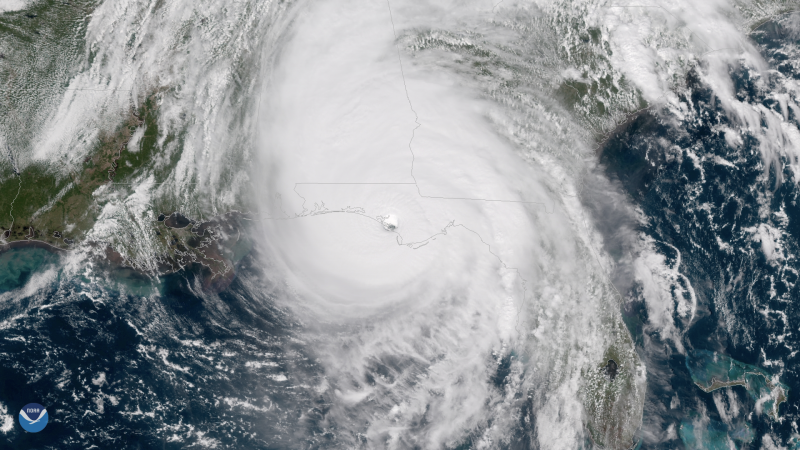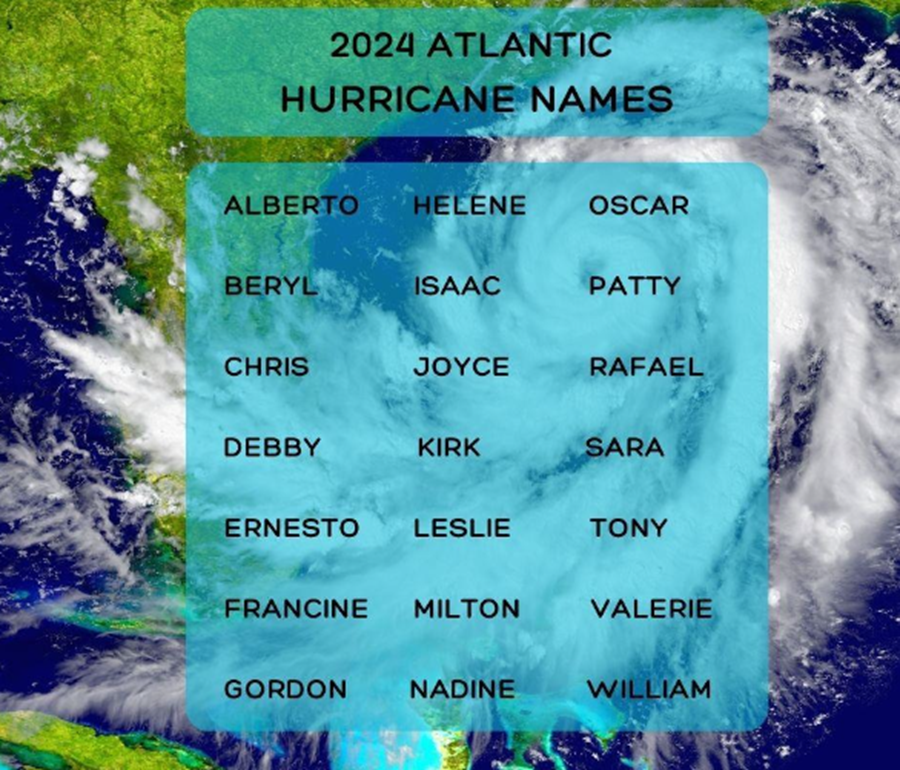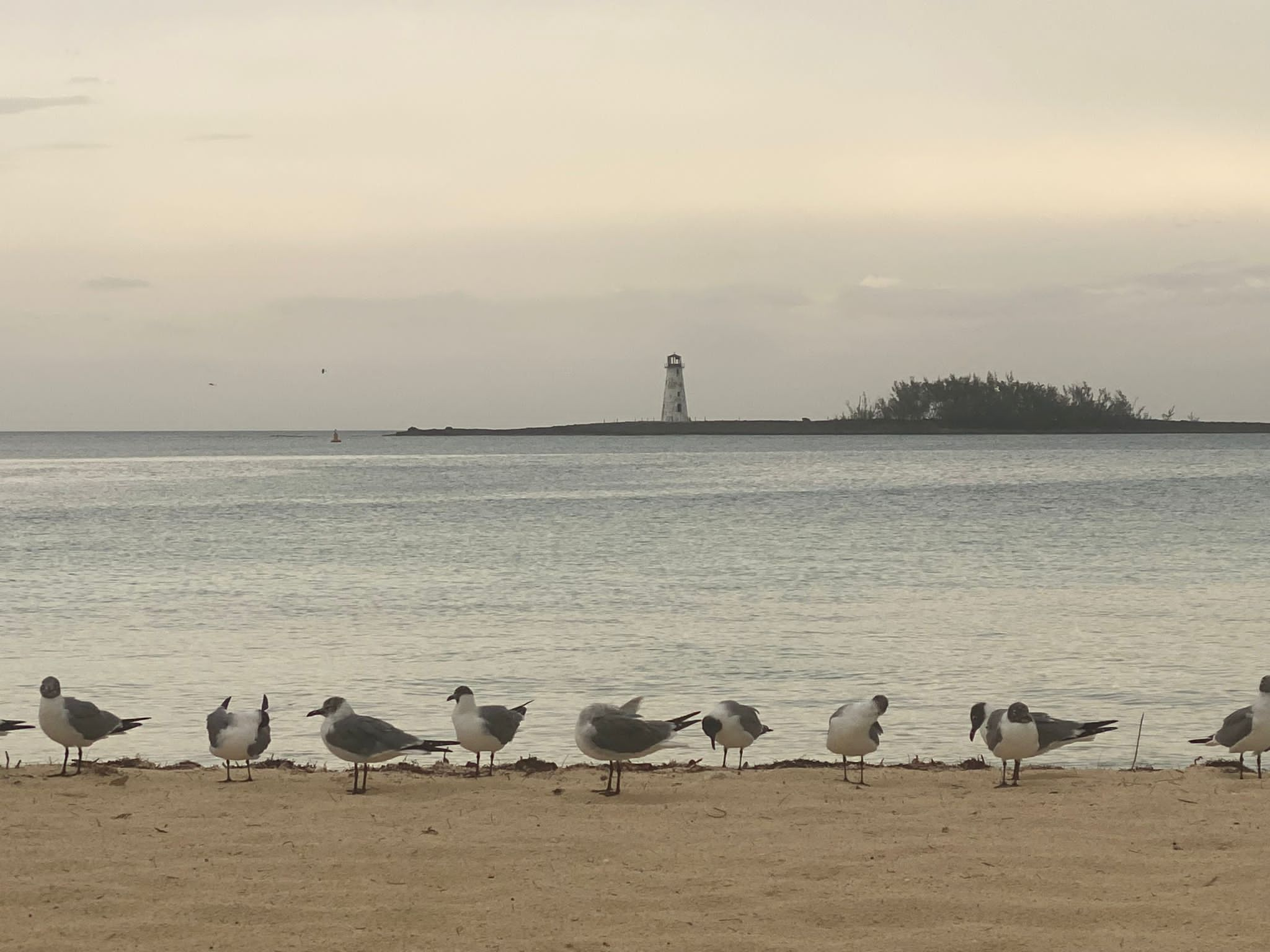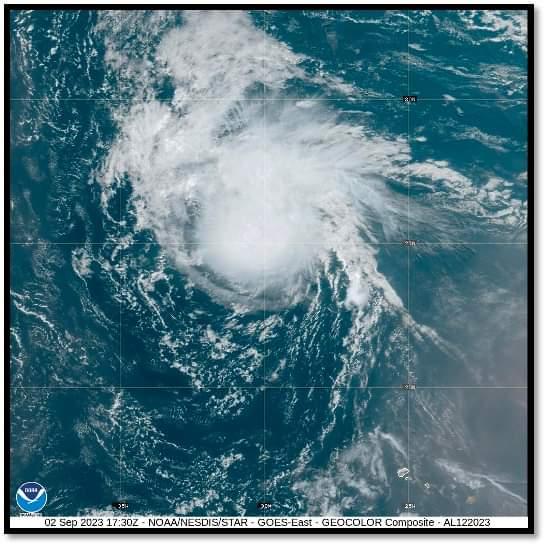PRESS RELEASE
FROM THE DEPARTMENT OF DISASTER
MANAGEMENT AND EMERGENCIES
Providenciales, Turks and Caicos Islands, 9th April 2024 – The Department of Disaster Management and Emergencies (DDME) reminds the residents of the Turks and Caicos Islands that the 2024 Atlantic Basin Hurricane Season will officially begin on Saturday, 01 June, 2024, and end on Saturday, 30 November, 2024.
The Colorado State University (CSU) on April 4th, 2024, released its first 1st hurricane predictions for 2024, the outlook calls for an extremely active hurricane season with twenty-three (23) named storms, of which eleven (11) will be hurricanes with five (5) being major hurricanes. Colorado State has never predicted more than nineteen (19) named storms or nine (9) hurricanes in its initial forecast.
initial forecast.
The extremely active season is being mainly guided by two factors:
- At present, there is record-breaking high sea surface temperatures across the North Atlantic Ocean. In February, sea surface temperatures in the tropical Atlantic had already reached historically high levels of about 1.2°C (2.2°F) above normal, from off the coast of Africa to off the coast of Central America; this region is considered the main development region for the Atlantic Basin tropical cyclones. (Tropical cyclones include depressions, tropical storms and hurricanes.)
The sea surface temperatures experienced in the month of February were more typical of that of warmer months such as June and July. (Warm oceans provide fuel to help tropical cyclones form, and boost their strength after formation.) However, the sea surface becomes warmer and warmer as the season progresses. Therefore, with such record-high sea surface temperatures already in place from West Africa to Central America, there is a likelihood that more tropical cyclones will develop and their strength boosted by this added fuel.
- The forecasters/experts have also advised that the El Niño-Southern Oscillation (ENSO) is transitioning from the El Niño phase experienced in 2023, to a brief neutral phase, then to a La Niña Phase. The La Niña Phase Forecast is anticipated to be fully in place by September 2024. Rain and increased moisture from the La Niña conditions could supercharge the season.
Kindly be reminded that it is the El Niño phase of ENSO that suppresses hurricane formation in the Atlantic Basin — since the El Niño generates more wind shear (winds changing winds with direction and height), which in turn suppresses the activity of hurricanes.
However, with La Niña the effects are the opposite — reduced wind shear, thus assisting hurricane formation and activity.
Thus, the experts are forecasting, anticipating, and expecting an above-normal supercharged 2024 Hurricane Season in the Atlantic Basin. Whilst in a normal season, there are approximately 14 named storms, 7 of which develop into hurricanes, of which 3 of these 7 develop into major hurricanes.
The National Oceanic and Atmospheric Administration (NOAA), will present their predictions on Thursday 23rd May, 2024 and CSU will release an update on Tuesday 11th June, 2024.
The Deputy Premier and Minister of Physical Planning and Infrastructure Development, with Responsibility for Disaster Management, Honourable Jamell Robinson encourages the residents of the Turks and Caicos Islands to commence their individual and family preparations; as the CSU has predicted an increased level of hurricanes that can potentially impact the Caribbean Region.
Hon. Robinson seeks to remind that the predictions would be more than we have experienced in the past years. Residents are urged to take proactive measures ahead of the 2024 Atlantic Season, as it only takes one storm to impact the TCI. As the Minister with Responsibility for Disaster Management, Hon. Robinson would like to implore individuals to take their individual and family precautionary actions so that our collective efforts of preparation for a major storm can reduce any potential impact.
Therefore, it is imperative that the residence of the Turks and Caicos Islands seriously begin their preparations, by inspecting their homes and making any necessary repairs, updating of their Family Plan and Insurance Policies. Ensuring that your Insurance Policies cover Flooding etc.
Remember Early preparation is the key!
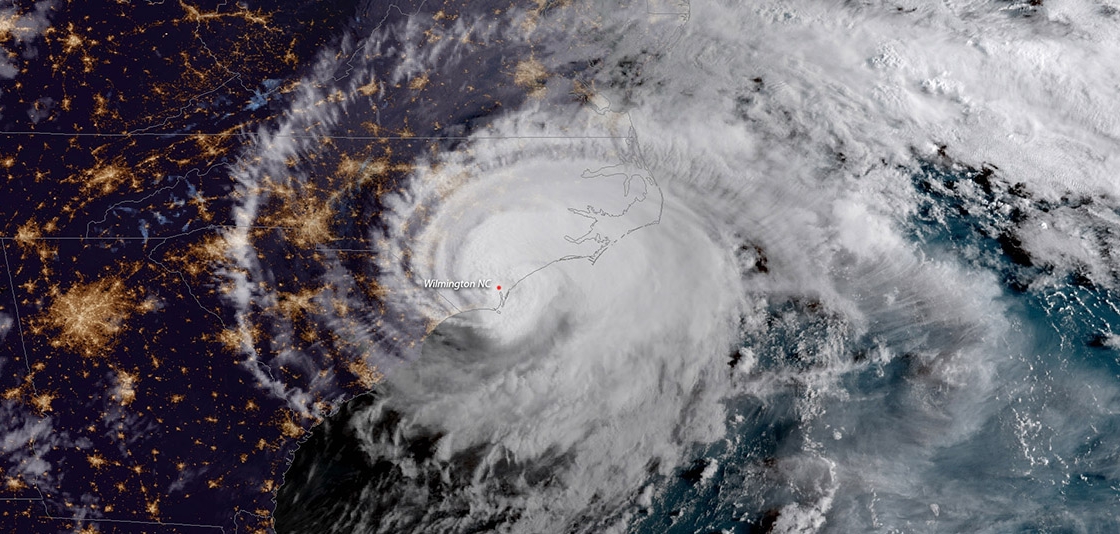

 Caribbean News7 days ago
Caribbean News7 days ago
 News1 week ago
News1 week ago
 Finance1 week ago
Finance1 week ago
 Crime1 week ago
Crime1 week ago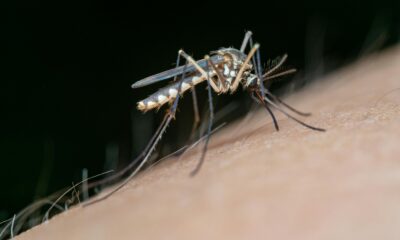
 Health1 week ago
Health1 week ago
 Crime1 week ago
Crime1 week ago
 TCI News1 week ago
TCI News1 week ago
 Africa1 week ago
Africa1 week ago

